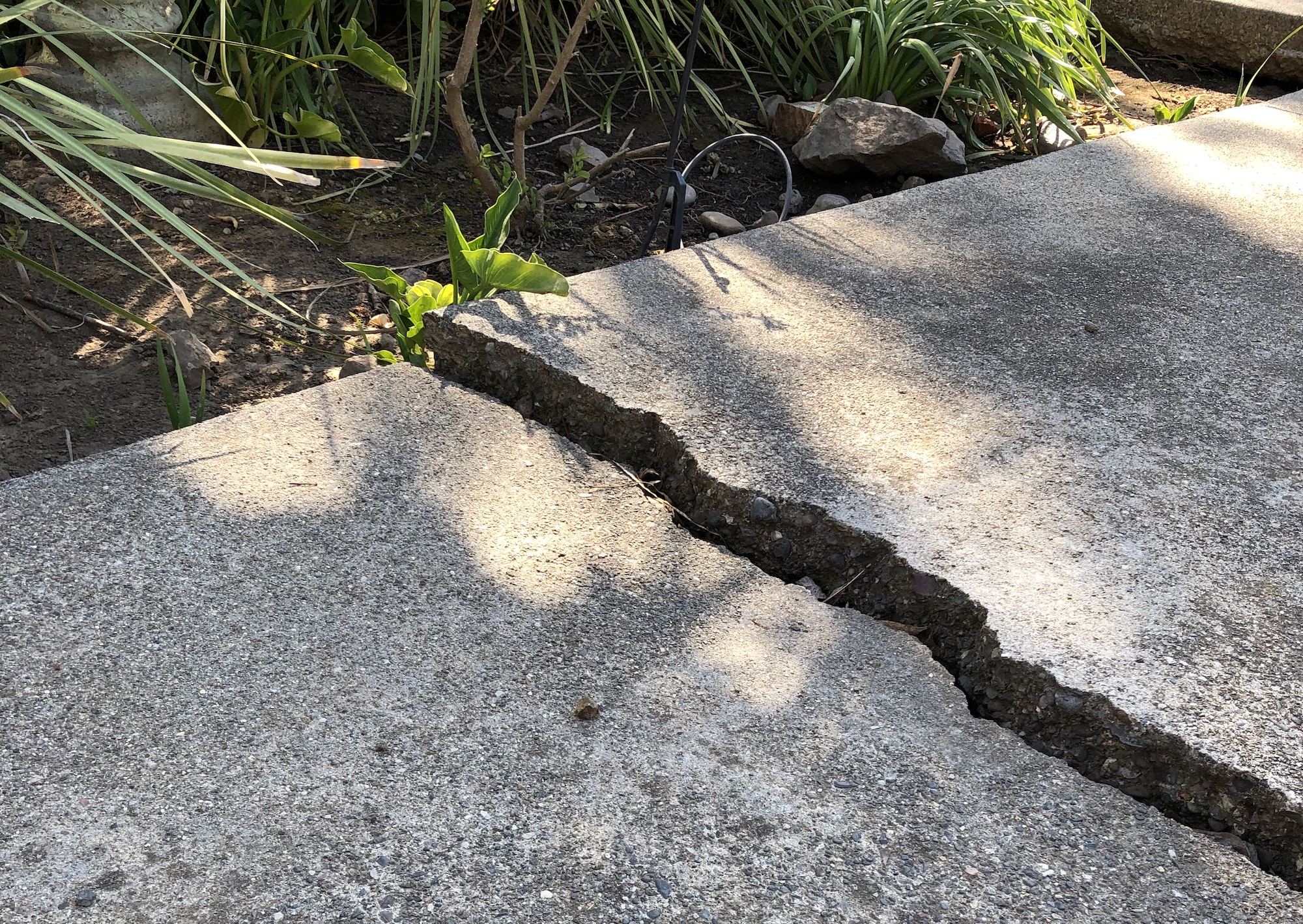
Introduction
Cracks in the sidewalk not only compromise its aesthetics but also pose potential safety hazards. Repairing these cracks is essential to maintain the integrity of the sidewalk and ensure a safe walking surface. In this guide, we’ll explore effective ways to revive your sidewalk by repairing cracks, enhancing both its appearance and functionality.
Assessing the Extent of the Damage
Before diving into the repair process, it’s crucial to assess the extent of the damage. Sidewalk cracks can vary in size and depth, ranging from small surface cracks to more significant fractures. Understanding the nature of the cracks will help determine the most appropriate repair method for your specific situation.
Cleaning and Preparing the Crack
Proper preparation is key to a successful sidewalk crack repair. Start by thoroughly cleaning the crack using a wire brush or a pressure washer to remove dirt, debris, and loose concrete particles. This ensures better adhesion for the repair materials and promotes a more durable and long-lasting fix.
Choosing the Right Repair Material
The choice of repair material depends on the size and severity of the crack. For small surface cracks, a ready-to-use concrete patching compound may be sufficient. However, for larger and deeper cracks, consider using a concrete mix designed for structural repairs. Consult with your local hardware store for guidance on selecting the appropriate repair material.
Filling Small Surface Cracks
For small surface cracks, apply the concrete patching compound directly into the cleaned and prepped crack. Use a trowel to smooth the patch, ensuring it is level with the surrounding sidewalk surface. This method is suitable for minor cracks that don’t compromise the sidewalk’s structural integrity.
Repairing Larger and Deeper Cracks
When dealing with more substantial cracks, a more robust repair approach is needed. Begin by using a chisel and hammer to widen the crack and create clean edges. This allows for better adhesion of the repair material. Next, apply the concrete mix to the crack, filling it completely and smoothing the surface with a trowel. Ensure the patch is level with the surrounding sidewalk.
Applying a Concrete Sealer
Once the crack is filled and smoothed, consider applying a concrete sealer to the repaired area. The sealer provides an extra layer of protection, preventing water penetration and minimizing the risk of future cracks. Choose a high-quality concrete sealer suitable for your climate and follow the application instructions for optimal results.
Ensuring Proper Curing Time
Allow the repaired sidewalk adequate time to cure before subjecting it to heavy foot traffic. Curing times can vary based on the type of repair materials used, so consult the product guidelines for specific recommendations. Patience during the curing process ensures a durable and long-lasting repair.
Regular Inspection and Maintenance
To prolong the life of your sidewalk and prevent future cracks, implement regular inspection and maintenance practices. Keep the sidewalk clean, promptly address any new cracks that may appear, and avoid the use of harsh chemicals that could contribute to deterioration. Regular maintenance is key to extending the lifespan of your repaired sidewalk.
Conclusion
Repairing cracks in the sidewalk is a necessary task to maintain both safety and aesthetics. By assessing the damage, choosing the right repair materials, and following proper techniques, you can effectively revive your sidewalk. Regular inspection and maintenance further ensure the longevity of the repair, providing a safe and visually pleasing walking surface. For more home improvement tips and inspiration, visit DesigningTemptation.com.




